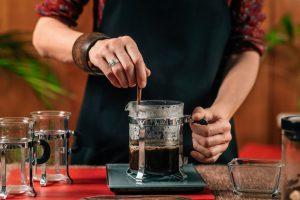
Why is My French Press Coffee Watery?
Say goodbye to weak French press forever! This chef reveals the secrets for consistently rich, bold coffee. As a former chef and barista at New

Say goodbye to weak French press forever! This chef reveals the secrets for consistently rich, bold coffee. As a former chef and barista at New
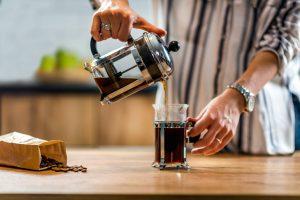
Close your eyes and imagine the perfect French press coffee. The rich aroma of freshly ground beans mingles with the buttery scent of pastries baking
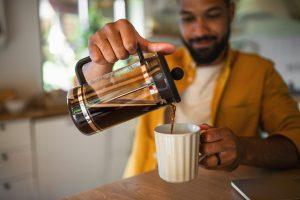
Ever dream of cafe-quality French press coffee at home, but end up with a bitter mess more often than not? Discover the secrets to consistently
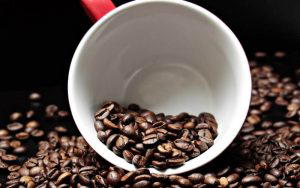
All there is to know about French Roast Coffee including how it came to being, what to and what not to expect from your French roast coffee!
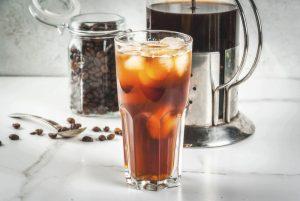
Watch any cooking show, and you will likely see a French press sitting on the counter. A French press is an exceptional coffee brewer that
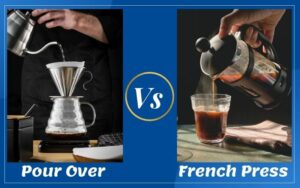
Have you had enough of the nasty swamp water coffee from the old coffeemaker you pinched from your parent’s house? Want to set up a